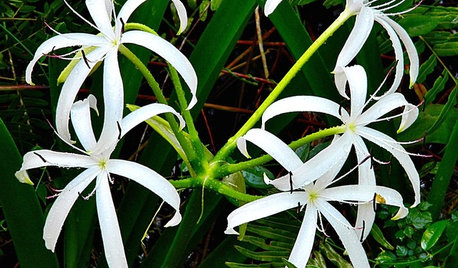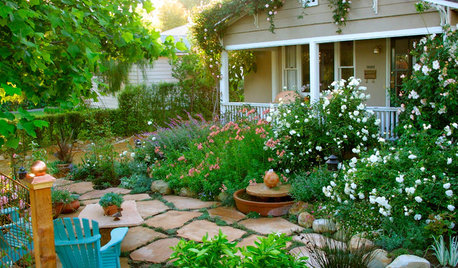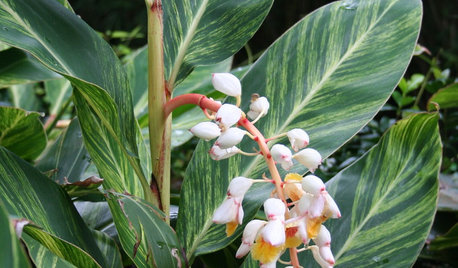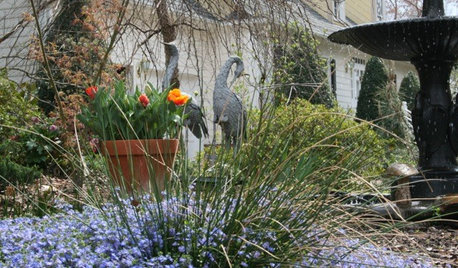Crinum- Sun or shande
elaineal
10 years ago
Related Stories

GARDENING GUIDESGreat Design Plant: Crinum Americanum
Bright white flowers with thin delicate petals grace this water-loving southern lily
Full Story
GARDENING GUIDESSouthern California Gardener's October Checklist
Get planting happy this month — so many natives, bulbs, cool-season flowers and vegetable crops to choose from, so little time ...
Full Story
GARDENING GUIDES7 Tropical Bulbs for a Summer Garden That Wows
Try these stunners in summer's powerful heat for garden thrills with an exotic flair
Full Story
GARDENING GUIDES6 Dependable Ground Covers for Warm Climates
Swap some lawn for these drought-tolerant clumping plants — and watch your maintenance efforts diminish while they easily grow
Full Story
SOUTHEAST GARDENINGSoutheast Gardener's January Checklist
Resolve to see your garden with fresh eyes this year while you plant, plan and take care of necessary maintenance
Full StorySponsored
Industry Leading Interior Designers & Decorators in Franklin County
More Discussions








aharriedmom
aharriedmom
Related Professionals
Carlisle Landscape Architects & Landscape Designers · Reading Landscape Architects & Landscape Designers · Citrus Heights Landscape Architects & Landscape Designers · Lakewood Landscape Architects & Landscape Designers · River Forest Landscape Architects & Landscape Designers · Taylorsville Landscape Architects & Landscape Designers · Choctaw Landscape Contractors · Cliffside Park Landscape Contractors · Danvers Landscape Contractors · Fort Wayne Landscape Contractors · Lemoore Landscape Contractors · Nashua Landscape Contractors · Stony Brook Landscape Contractors · Tigard Landscape Contractors · Baileys Crossroads Landscape ContractorsDonna